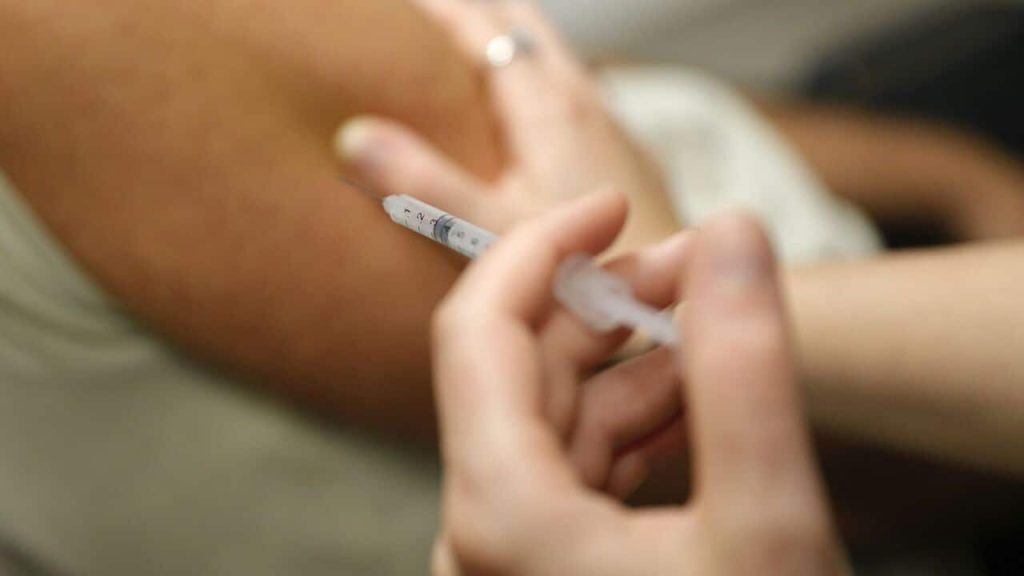Australia is gearing up to launch a new COVID-19 vaccine specifically designed to combat a different subvariant of the virus compared to previous vaccines. The Department of Health and Aged Care has confirmed that Pfizer’s JN.1 vaccine will be available starting December 9th. This new vaccine is based on the same formulation as the previous Pfizer vaccine but tailored for the new subvariant.
According to Professor Nathan Bartlett, an immunology researcher from the University of Newcastle, the new vaccine involves tweaking the RNA sequence while maintaining the same safety profile as previous mRNA vaccines. The Therapeutic Goods Administration (TGA) has approved the vaccine for individuals over six months old, with updated immunization guidelines expected to be released in the coming weeks.
What will the new vaccine target?
The new vaccine targets the Omicron subvariant JN.1, which has given rise to two subsets of variants known as ‘FLiRT’ and ‘FLuQE’. Although FLuQE currently dominates in Australia, the new Pfizer shot is expected to provide protection against it. Professor Paul Griffin, an infectious diseases researcher from the University of Queensland, highlights that the protection from current vaccines targeting the omicron subvariant XBB.1.5 has declined, emphasizing the importance of updating vaccines to target JN.1 for better protection.
What about boosters?
There is some confusion surrounding booster shot guidelines, with differing recommendations for different age groups and health conditions. For individuals over 18 years old who are immunocompromised or aged 75 years and over, booster shots are recommended every six months to reduce the risk of severe disease. However, for younger adults and those without underlying health issues, the decision to get a booster shot is more of a personal choice.
Griffin and Bartlett both emphasize the need for clearer government recommendations on booster shots, as uptake remains low. Data from the Australian Immunisation Register indicates that a significant number of adults have not received a COVID-19 vaccine in the last six months, highlighting the importance of considering individual risks and factors when deciding on booster shots.
Why is Australia lagging behind?
While Australia is set to introduce the JN.1 vaccine, it has been available in other countries for months. The delay in approving and rolling out these vaccines has put Australia behind countries like the United States, which have already updated vaccines to target newer subvariants. Griffin notes that Australia traditionally lags behind in vaccine approval processes and calls for more efficient procedures to ensure timely access to updated vaccines, especially as the virus continues to evolve.
The potential delay in making updated vaccines available poses a challenge as Australia faces the threat of another wave of infections. Griffin stresses the importance of swift action to benefit from the impact of updated vaccines and keep pace with the evolving nature of the virus.

